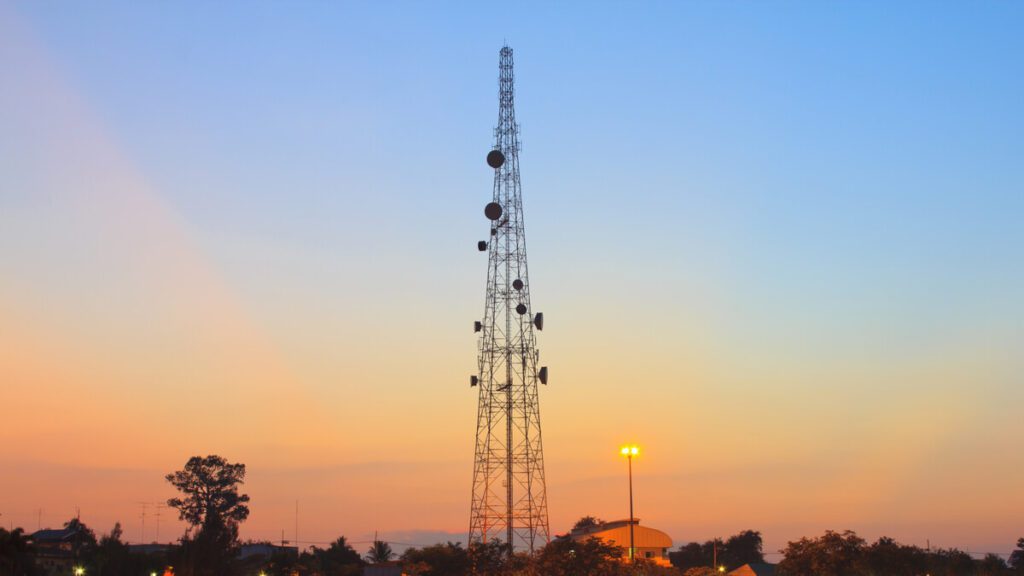
Telecom services and enterprise networks market are expected to recover in 2021 with a nominal growth rate of 1-1.5 percent, according to a report from Beroe Inc., a provider of market intelligence for procurement and suppliers.
Based largely on the pandemic – among other reasons – the global telecom market size contracted from $44.1 billion to $43 billion during the last financial period. This represents a contraction of 2.5 percent, primarily in the roaming, prepaid, and business services industries.
Beroe’s report noted growing demand will lead to the recovery of the telecom services industry, with a forecast telecom services market size of $43.43 billion at the end of the 2020-21 financial year. The telecom services market will take some further time to recover its pre-pandemic size.
Among fixed-line services, key trends revolve around the use of SIP Trunking. The effective design of SIP trunking minutes will be crucial to improving usage rates for fixed-line services. Additionally, improved session costs and diversification of the network through PRIs will be key to improving returns.
The latest buzzword in the telecom market has been 5G technology. This is widely recognized as the immediate future of communication, which is driven primarily by two applications. The first, mobile broadband, is witnessing an upsurge in the shift of both businesses and individuals toward cloud-based services, Beroe said.
Additionally, regular services such as videos, conference calling, and conferencing have constantly been transitioning to higher-quality versions that require greater bandwidth. Secondly, the Internet of Things has massive machine-type communications and mission-critical applications driving its growth.
Current 4G networks cannot handle the kind of large-scale deployment of massive machine-type communications that 5G networks can. For mission-critical applications, the high reliability and low latency required can only be delivered through 5G networks.
With the usage of Huawei equipment being restricted worldwide, major telecom operators of the telecom services industry have been transitioning from Huawei. Before the restriction came into effect, Huawei was the world’s largest telecom network that controlled 30 percent market share of global telecom.
Because of these restrictions, the pace of China’s 5G export expansion has dropped significantly. The major advantage of these restrictions could be availed by Nokia, Samsung, and Ericsson, according to Beroe.
Among the major effects of the pandemic has been an increase in mobile devices within the enterprise network. This has led to an acceleration in the deployment of hybrid WAN and SD-WAN, helping support multiple endpoints connected through different technologies within one network, and further reducing the cost of enterprise-level WAN by 33-35 percent.
The deployment of unified communications is driven by artificial intelligence, mobility, cloud computing, and enterprise messaging. Among these, cloud-based unified communications are expected to control a 25 percent share. The use of artificial intelligence will benefit the telecom services industry, especially in the unified communications field.
Beroe Inc. is based in North Carolina and industry professionals can access the above report and other market information on the company’s recently launched market intelligence platform Beroe LiVE.Ai: https://www.beroeinc.com/beroe-live-ai/